Tahoe invests in Timmins
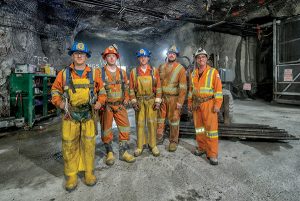
Crew underground at Bell Creek. CREDIT: TAHOE RESOURCES
Timmins, Ont.-based junior Lake Shore Gold was acquired by Tahoe Resources in 2016 in a friendly, all-stock deal valued at close to $1 billion.
For Tahoe, which already had mines in Guatemala and Peru, the merger brought new gold production, exposure to a low-risk jurisdiction in an established gold camp, and diversification.

Timmins West mine. CREDIT: TAHOE RESOURCES
“The combination with Lake Shore Gold enhances Tahoe’s position as the new leader in precious metals by adding another low-cost operation in Timmins, one of the most prolific gold camps in the world,” said Tahoe CEO Kevin McArthur at the time. “We are impressed by the long-term presence and see tremendous regional opportunities going forward.”
Issues at Tahoe’s biggest operation, the Escobal silver mine in Guatemala, which produced 21.2 million oz. silver in 2016, have underlined the benefits of diversification. Escobal has been shut down since July 2017, when the operation’s mining licence was suspended amid allegations that consultations did not take place with local Xinka Indigenous communities before the mining licence was granted. While the country’s Supreme Court has since ruled the licence should be reinstated (and that the Ministry of Energy and Mines must now consult with Xinka communities), the Constitutional Court heard an appeal of that judgment in October 2017, and has yet to make a ruling.
Tahoe’s Ontario operations, which produced 167,000 oz. of gold last year, can’t make up for lost production from Escobal, but it does offer a low-risk base for future growth.
Tom Laughren, director of corporate responsibility for Tahoe Canada, says Tahoe has invested heavily in the Timmins operation, which consist of the Timmins West and Bell Creek underground gold mines.
“We are a Canadian company so I think our plan always was to strengthen our Canadian assets,” says Laughren, a former two-term mayor of Timmins. “Timmins and Canada in general, they are great places to work,” he said, citing the mining experience of the local regulators and the wider community’s understanding of mining, including local First Nations. “Timmins has been mining since 1909 and is very supportive of mining; (The community) recognizes its importance to its economy and its future.”
For Lake Shore – now doing business as Tahoe Canada – the merger also brought advantages, including access to capital the company needed to deepen the shaft and extend the mine life at its Bell Creek mine, 20 km northeast of Timmins.
“The opportunity was looked at for a number of years by Lake Shore, but it became an issue of how we were going to finance it,” said Peter Van Alphen, vice-president of operations at Tahoe Canada. “One of the benefits of us joining up with Tahoe was that we now had the ability to finance it and we could actually realize this dream.”
Bell Creek shaft
Commercial production at Bell Creek, the smaller of Tahoe Canada’s two Timmins operations, began in early 2012. The operation also contains a processing plant that handles ore from both Bell Creek and Timmins West.
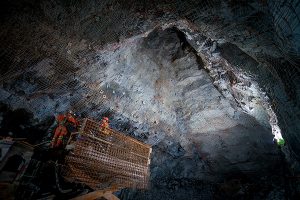
Working on the Bell Creek shaft. CREDIT: TAHOE RESOURCES
The shaft-deepening project is expected to double production at Bell Creek to around 80,000 oz. gold a year. Budgeted at US$80 million, the project will see the 300-metre existing shaft refurbished and extended to 1,000 metres depth. The shaft, which will have the ability to skip up to 4,000 tonnes per day of ore and waste, is on track to be in operation this fall.
Productivity at the mine is set to get a big boost as the shaft will provide a much quicker route to the surface for ore and greatly reduced travel time for the workforce.
For miners, it will shave off about 1.5 hours of travel time – they currently drive up to 8 km down a ramp to get to the lower areas of the mine, which takes about 45 minutes each way.
The company’s production target is to mine 1,800 tonnes of ore per day via the new shaft.
Bell Creek hosts proven and probable reserves of 1.8 million tonnes grading 4.35 g/t gold for 245,000 oz. The company believes the orebody is open at depth, so the shaft extension will set it up to exploit the mine at depth with a much shorter haul distance. The current life of mine plan goes down to about 1,200 metres, but inferred resources have been defined below that.
The Tahoe merger brought more than access to capital for the shaft project to the Timmins team – it made the option of completing the project in-house a reality.
Van Alphen and many of the other members of the operations team in Timmins have a background in mining contracting.
For that reason, building the project using primarily internal resources seemed like the right thing to do.
“For one, we believed we’d do it for a lower cost by doing this internally, and two, there’s wonderful ownership by our people,” Van Alphen explains. “From an employee point of view, there’s great value in us seeing this as being our project, not something that somebody else is doing.”
Tahoe made the decision to move forward in mid-2016 and the shaft is expected to be commissioning in late summer, with ramp-up through the end of 2018.
“It’s been a challenge, but it’s been our challenge – it’s been a stretch to us in how we set up teams and how we operate with each other,” Van Alphen says. “But I think, for everybody involved, it’s been an amazing process.”
Van Alphen adds that it was an opportune time for the project. With the mining contracting industry a little slow at the time, there were skilled people available to complement the company’s in-house resources.
“For the most part, the thought behind what we’re building there has come from in house – even most of the engineering was in house.”
That extends to the overall approach of the company, Van Alphen says. “We tend to try and do things a bit more in house than probably most would.”
Timmins West mine
The Timmins West mine, 18 km west of Timmins, consists of the Timmins, Thunder Creek, and most recently, 144 Gap deposits. Commercial production at the Timmins deposit began in early 2011 and at Thunder Creek a year later. The 144 Gap deposit was discovered in 2014 and began production in 2017.
The Timmins West complex has proven and probable reserves of 7.2 million tonnes grading 3.21 g/t gold for 737,800 oz.
Both the Timmins and Thunder Creek deposits have potential to be expanded at depth, but 144 Gap, which hosts the majority of the resource at Timmins West with 5.2 million tonnes grading 3.12 g/t gold for 525,500 oz. gold, will keep the company busy for several years.
The Gold River project, about 4 km south of Timmins West is one of the company’s near-term exploration properties. It hosts indicated resources of 117,400 oz. gold in 700,000 tonnes grading 5.29 g/t gold and 1 million inferred oz. in 5.3 million tonnes grading 6.06 g/t gold.
While the deposit contains refractory gold, Van Alphen says that challenge may actually represent “an opportunity in the making” as other refractory ore exists in Timmins – the problem has been in getting it processed.
“Right now we see Gold River as being high on the priority list in terms of the next step,” he says, adding permitting is still at an early stage.
If Gold River is developed, a milling facility with a float circuit and possibly pressure oxidation would be required. One option being considered for the processing of this ore could be to add this capability to the Bell Creek mill, which would allow it to process both free and refractory gold through different feeds in the same facility.
When Lake Shore acquired Bell Creek in 2007, it refurbished and upgraded the mill, designing the front end of the plant for 5,500 t/d. Overall, the nameplate capacity of the conventional CIL/CIP mill plant is 3,600 t/d, but it can handle up to around 4,500 t/d.
Tahoe Canada also has several other exploration projects in the region, including the Whitney project near Bell Creek, which has the potential to developed as an open-pit/underground operation.
Focus on productivity, safety
Overall, cash costs at the Timmins operations in 2017 are expected to be US$650-700 per oz., with all-in-sustaining costs (AISC) at US$1,000-1,100 (precise figures were slated to be released in late February, after press time).
At its existing projects, Tahoe Canada is looking at improving both productivity and safety.
“Trucking right now is a huge part of our business and we can stumble and fall on our trucking very quickly,” Van Alphen says. “We’re looking into inexpensive ways to be able to monitor the movements of trucks so that we can get better productivity out of them and get information into the supervisors’ hands.”
The division is also six months into an initiative that has seen front-line supervisors equipped with tablets loaded with health and safety software. The software aids in, amongst other things, the gathering of data related to reported hazards in the work place and tracks the timely correction of these hazards.
“One of the issues I think every mine has is when there’s an adverse condition, ensuring that it gets rectified and fixed as fast as possible to take that risk out of the workplace. This is helping us to close the loop on that,” Van Alphen says.
“We use technology now to accelerate that process of getting us to where we can identify what are some of the leading indicators that are causing people to get hurt and how do we get them fixed before they have an opportunity to hurt somebody.”
He adds: “We’re already starting to see the benefits of that and we’ve had an incredibly good take-up in terms of the supervisors using the tool.”
In the future, the Timmins operations will be looking at other technologies that can help improve efficiencies in the operations. But for now, technology is being adopted where it makes sense, and fits the budget.
After all, technology is just a tool. “The big success of Tahoe Canada in Timmins is really the people,” said Laughren. “We have very, very good people that work for us.”

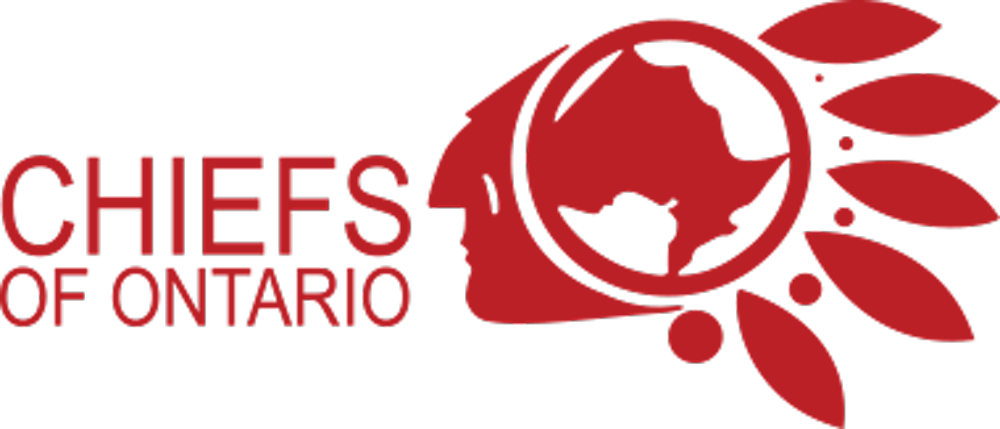
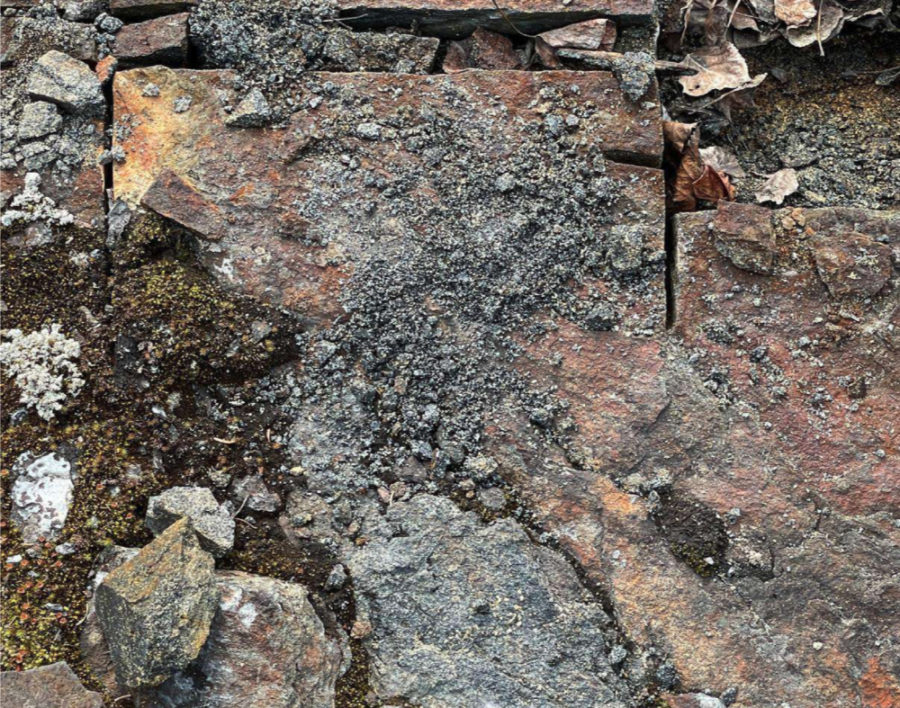
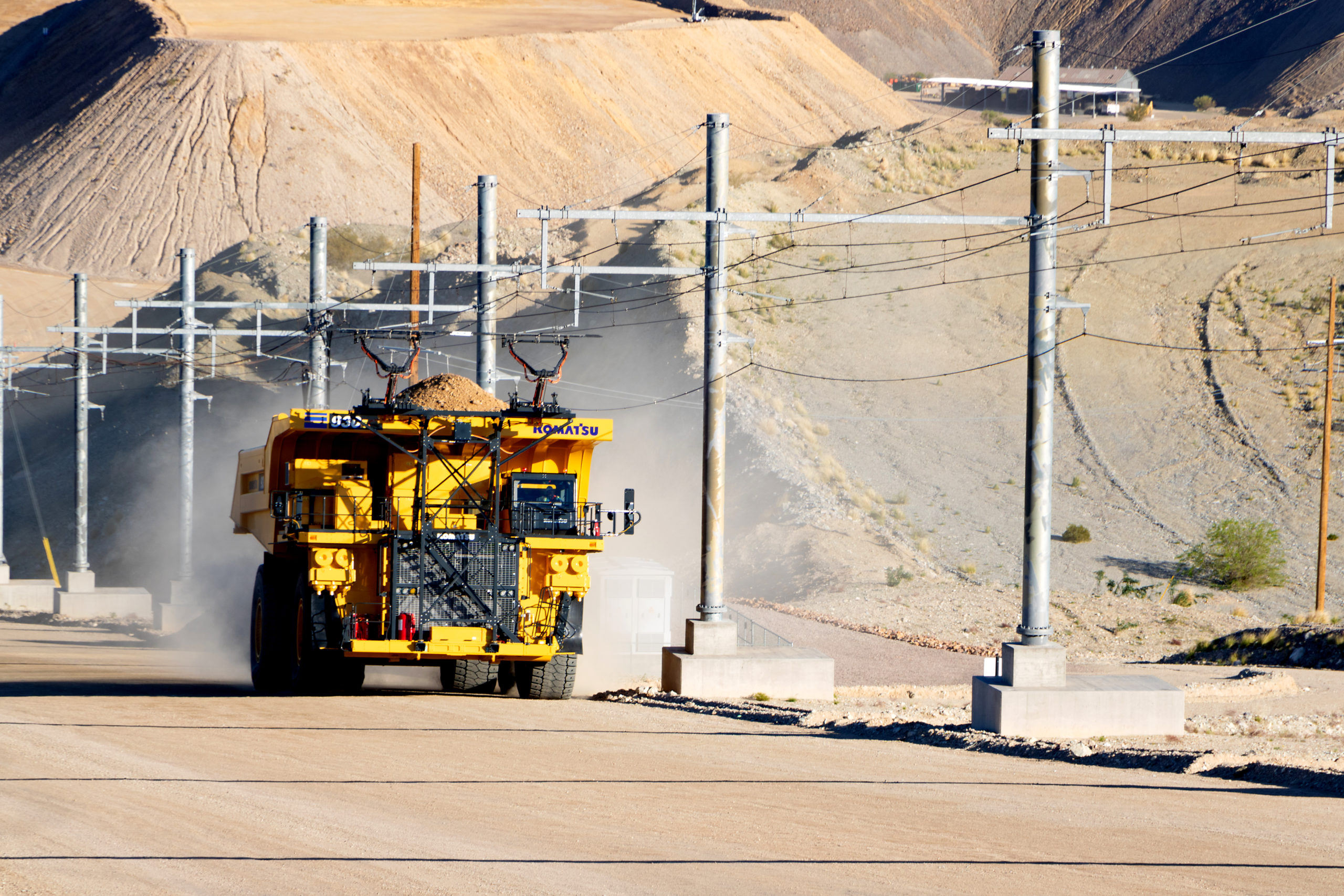

Comments